May 23, 2025 | 10:57 GMT +7
May 23, 2025 | 10:57 GMT +7
Hotline: 0913.378.918
May 23, 2025 | 10:57 GMT +7
Hotline: 0913.378.918
Consumption, however, seems to continue to be on par despite inflation.
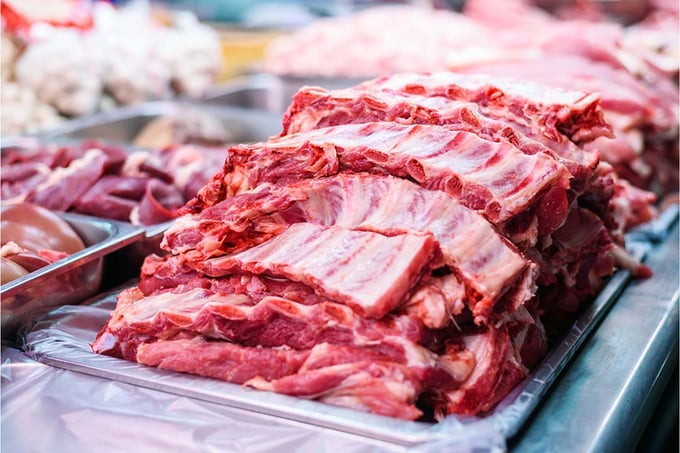
Photo: Canva
In its quarterly review for the first quarter of 2024, the agricultural bank predicts a flat production rate – or even decline – in China, the United States and various countries in Europe throughout 2024. Disease pressures can add to the industry’s challenges, the bank says.
In North Western Europe, the industry has been contracting, but the bank is hopeful. “Although there are signs that the pig herd in North Western Europe may be stabilising due to positive margins throughout 2023, consolidation of processing activities has been ongoing as the industry adjusts to structurally lower production.”
For the USA, the bank forecasts a small increase of 0.8% in pork production for 2024. For Canada a 1.3% drop is expected.
Rabobank forecasts a potential contraction in global pork trade during the first half of the year. High inventories in importing countries dampen demand. In a press statement, Chenjun Pan, senior analyst animal protein at Rabobank said, “We are looking at a soft market for pork exports, especially with the ongoing crisis in the Red Sea and Suez Canal complicating European shipments to Asia.”
Feed prices continue to ease, Rabobank predicts, with corn and soybean prices down 15% to 25% in comparison to 2023. Pan said, “Lower feed costs are a welcome relief for pig farmers, improving margins in a time of uncertainty. Weather-related volatility could still impact supply and price movements.”
Pork consumption has shown resilience in the face of inflation. Rabobank expects a mild improvement in global pork consumption in 2024. “Pork continues to be a staple protein, holding its ground against more expensive meats like beef.” The easing of inflationary pressures and an economic rebound in some regions are likely to support that trend.
Pork consumption in China is likely to continue as no imminent price rises are being expected. Feed prices were low and further decline is expected, the bank writes. “Destocking is expected to continue in the first half of the first quarter. Prices are expected to stay low throughout the first quarter due to ample meat supply.” As from June/July, prices should rebound, the bank adds.
While some regions grapple with declining herds, others like Brazil are on the rise, driven by global demand. Rabobank underscores the uneven growth across the globe, with ASF outbreaks and loss-making pressures accelerating breeding herd reductions in Asia, particularly China.
Pan concluded: “We expect disease outbreaks to create ongoing uncertainty in 2024. Meanwhile, productivity will continue to improve in 2024, driven by genetic gains, better farm management and cost reduction strategies.”
(PP)
/2025/05/22/5250-1-184853_288.jpg)
(VAN) According to a representative from the Central Retail Vietnam, Vietnamese products such as seafood, sweet potatoes, dragon fruit, coffee, and spices hold great potential in the Thai market.

(VAN) A multi-channel, multi-directional strategy only works when the agricultural value chain meets global transparency and SPS standards.

(VAN) Market expansion is a matter of survival for Vietnamese businesses amid fierce competition and global supply chain fluctuations.
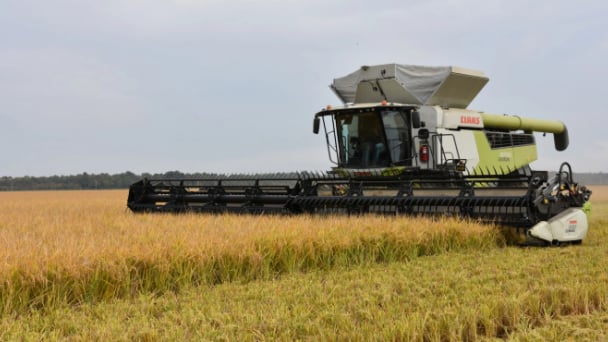
(VAN) Global market prospects for U.S. long-grain rice for the upcoming marketing year.
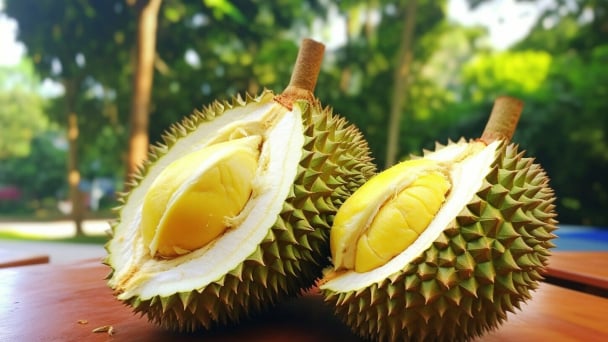
(VAN) China’s General Administration of Customs started permitting fresh durian shipments from Cambodia after a phytosanitary protocol was signed with the Cambodian Ministry of Agriculture in late April.
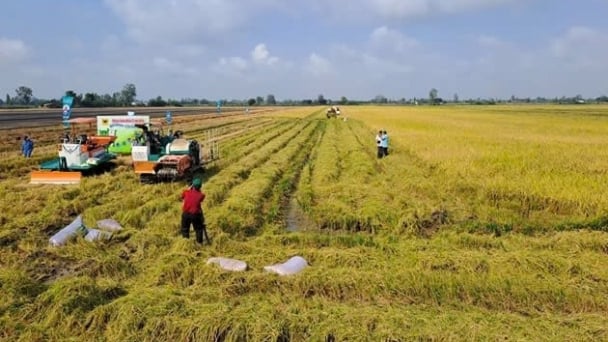
(VAN) To operate carbon market, one of the key issues is determining which types of 'commodities' meet the standards to be traded on the market.
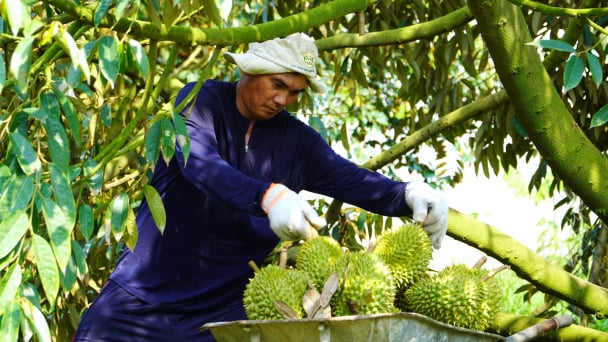
(VAN) Durian-producing localities need to coordinate more effectively with central authorities to improve the traceability, monitoring, and response systems in case of violations.